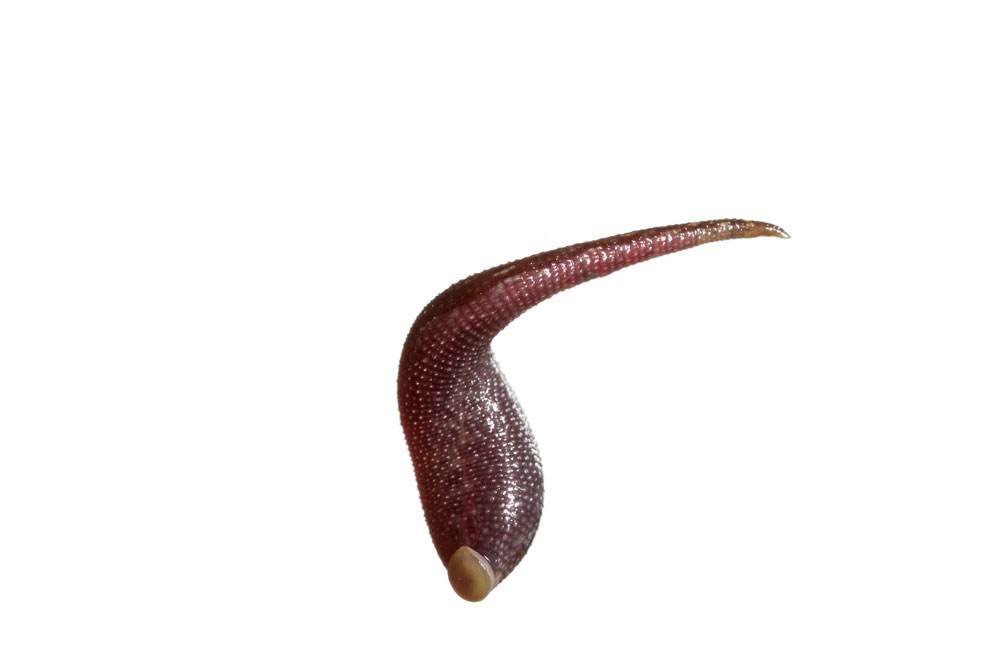Zoo Society Director of Programming and Conservation Action Tom Snyder will be documenting the team’s findings as One Cubic Foot Madagascar continues.There is a complexity to conservation that you aren’t able to see until you are in the ecosystem that needs to be conserved. The last few days here in Madagascar have been filled with up to 10 miles a day of hiking to find the right spot to conduct the Seneca Park Zoo Society’s One Cubic Foot project. For us, it is all about using the biodiversity to tell the story of Ranomafana National Park, and on a larger scale, Seneca Park Zoo’s role in the conservation of Madagascar.
Madagascar separated from Gondwanaland (the supercontinent that makes up present day Africa, Antarctica, India and Madagascar) about 135 million years ago. Madagascar then split from India around 88 million years ago. The plants and animals on this newly created island were able to evolve in an isolation that is seen in very few places on our globe. With a land area of around 226,000 square miles (slightly less than twice the size of Arizona), Madagascar is tropical along the coasts, temperate inland, and arid in the South.
Since we are here in the winter months, a lot of the biodiversity one would expect to see is only out and viewable sporadically. This makes placing the cube a bit challenging, but even in these cool nights (mid 50s), we have found some amazing biodiversity. With a high number of endemic species (native and found nowhere else), our cube is sure to reveal animals that we have never seen before.
One animal we have seen over and over again is the terrestrial leech. Found only along the humid forests of the East Coast, the Haemadipsid leeches are blood feeders that everyone on the team has gotten to know. In fact, at any point when we stopped walking to check a spot for the cube, we were inundated with dozens of leeches within moments. Needless to say, the Seneca Park Zoo Society One Cubic Foot team has gotten very good at the ‘leech flick’ to remove them from clothing and skin before feeding occurs. If feeding has started it is easier to let them get their fill and then harmlessly drop off.
Stay tuned for more updates as we have tentatively placed the cube, are collecting, DNA barcoding, and photographing the incredible biodiversity of this remote African island.
Specimen photos courtesy of David Liittschwager








